Shipping ceramic planters can be a challenging task. Their delicate nature demands that every aspect of the shipping process, from packaging to handling, be executed with care to prevent damage. As a global supplier of ceramic planters, ensuring safe and efficient shipping is key to maintaining customer satisfaction and minimizing costs. In this comprehensive guide, we’ll walk you through the best practices for shipping ceramic planters, from choosing the right packaging materials to understanding logistics options.
Why Shipping Ceramic Planters Can Be Tricky
Ceramic planters are beautiful and durable in design, but they are also fragile. The material’s tendency to chip, crack, or break during transit makes packaging, labeling, and handling extremely important. Aside from breakage, another challenge is shipping costs, especially if the planters are oversized or unusually shaped. Properly addressing these factors ensures that your customers receive their products in perfect condition while optimizing your shipping process.
1. Choosing the Right Packaging Materials
When it comes to shipping ceramic planters, packaging is the first and most important line of defense. Your packaging must protect the planter from impact, vibration, and moisture while maintaining an aesthetic appeal, especially for premium planters. Below are some of the best packaging materials for shipping ceramic planters:
a. Bubble Wrap
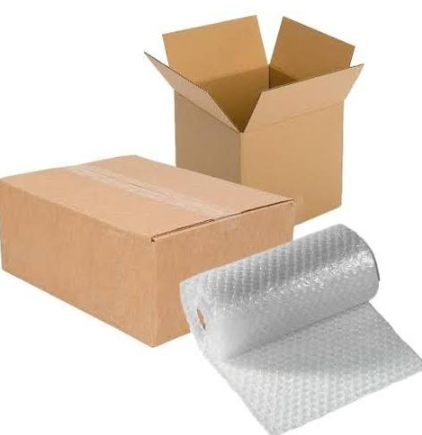
Bubble wrap is one of the most common and effective materials for protecting ceramic planters. It cushions the planter, preventing direct contact with other objects that might cause damage. When using bubble wrap, ensure that the planter is wrapped securely in multiple layers, especially for larger planters.
Advantages:
- Provides excellent cushioning.
- Lightweight, reducing shipping costs.
- Easy to use and cost-effective.
Disadvantages:
- Not the most eco-friendly option.
b. Foam Inserts and Protective Padding
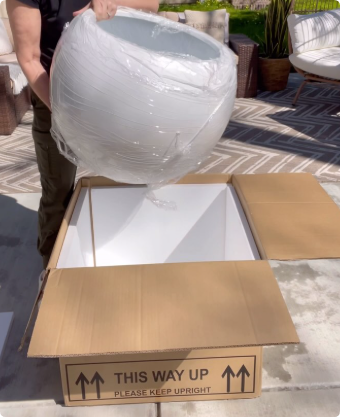
Foam inserts are often used inside boxes to secure ceramic planters. They can be custom-molded to fit the exact shape of the planter, reducing movement during shipping. Protective padding can also be placed around the planter to absorb shock.
Advantages:
- Provides superior protection against impact.
- Can be customized to fit different planter sizes and shapes.
- Ideal for high-end ceramic planters.
Disadvantages:
- Can increase shipping costs due to weight and bulk.
- May not be as sustainable as other options.
c. Cardboard Boxes
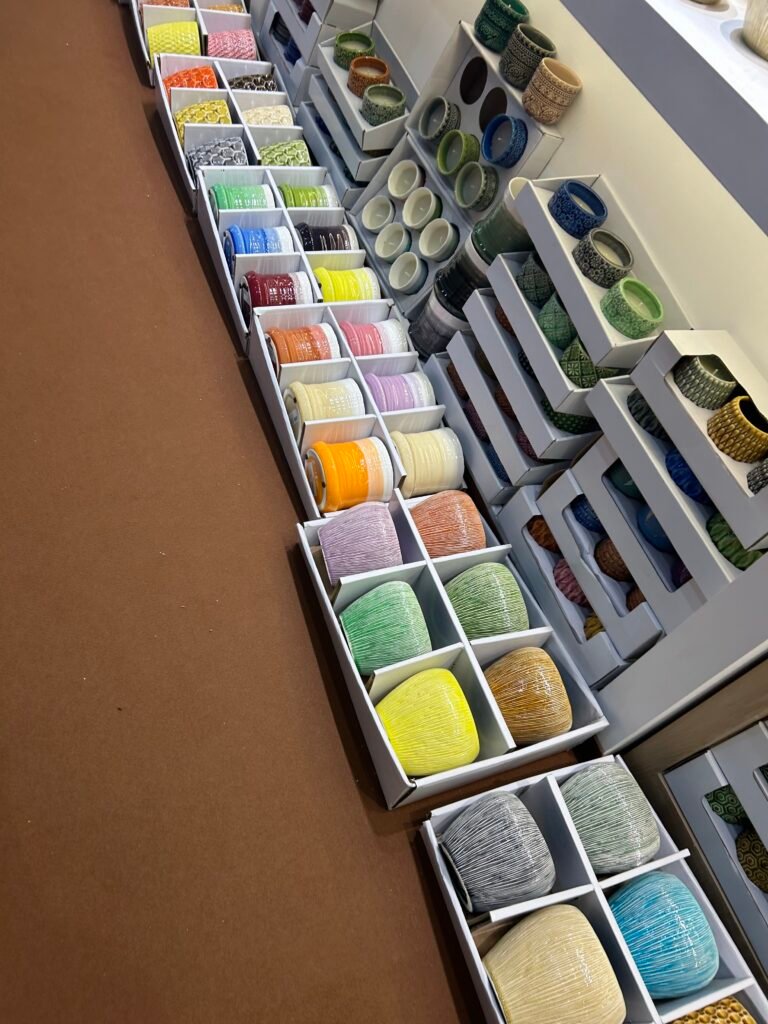
For most ceramic planters, a sturdy cardboard box is necessary to hold the product and packaging materials. The box should be strong enough to withstand rough handling during transit. Double-walled boxes are often used for added strength and protection.
Advantages:
- Widely available and cost-effective.
- Easy to customize with branding.
- Provides an additional layer of protection when used in conjunction with bubble wrap or foam.
Disadvantages:
- Can be bulky, adding to shipping costs.
- May not offer the highest level of protection by itself.
2. Effective Packing Techniques for Ceramic Planters
Once you’ve chosen the right materials, it’s crucial to use effective packing techniques to ensure the safety of the planters during shipping. Below are the steps to properly pack your ceramic planters:
a. Use Cushioning Around the Planter
First, wrap your ceramic planter with at least two layers of bubble wrap or foam. Ensure that the planter is completely covered, with no exposed areas. Pay special attention to the edges, as they are the most vulnerable to damage.
b. Seal with Tape and Secure the Planter
Once the planter is wrapped securely, seal it with tape and place it in a box. If using foam inserts, position the planter in the center of the box and surround it with padding. The goal is to ensure that there’s no room for the planter to shift during transit.
c. Test the Packaging
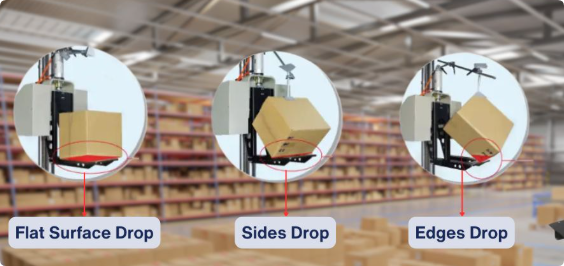
Before shipping in bulk, conduct a drop test to ensure that the packaging provides enough protection. Drop the package from a certain height to check whether the planter remains intact. This can help you identify weak spots in your packaging before shipping to customers.
3. Choosing the Right Shipping Method
Selecting the right shipping method can have a significant impact on the safety and cost of your shipments. Here are some factors to consider when choosing a shipping option for ceramic planters:
a. Air Freight vs. Sea Freight
If you’re shipping internationally, you’ll need to decide between air freight and sea freight. Air freight is faster but more expensive, while sea freight is slower but more cost-effective for larger shipments. Consider your delivery timelines and budget when choosing the shipping method.
Advantages of Air Freight:
- Faster delivery.
- Ideal for urgent orders or small quantities.
Disadvantages of Air Freight:
- Higher shipping costs.
- Limited space and weight capacity.
Advantages of Sea Freight:
- More cost-effective for large shipments.
- Ideal for bulk orders.
Disadvantages of Sea Freight:
- Longer transit time.
- Risk of delays due to weather or port congestion.
b. Tracking and Insurance
When shipping valuable items like ceramic planters, it’s crucial to offer tracking services and insurance. Tracking allows both you and the customer to monitor the shipment’s progress, while insurance provides peace of mind in case of damage or loss during transit.
4. Handling Special Orders and Custom Packaging
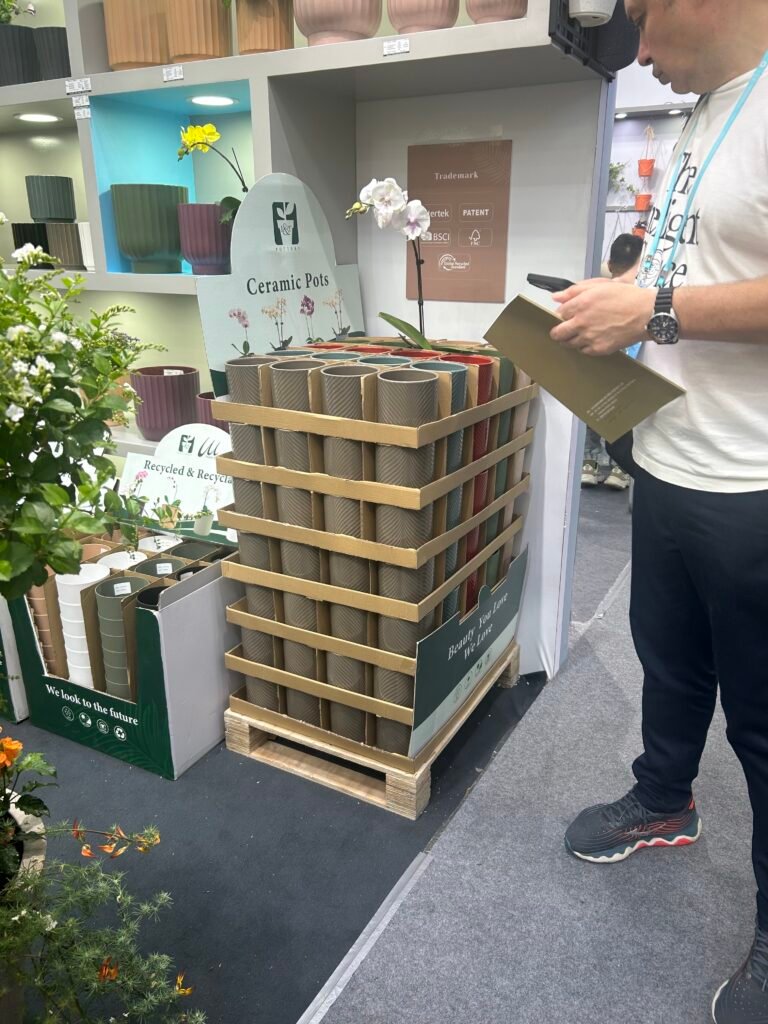
If you are shipping special or custom-designed ceramic planters, you’ll need to consider customized packaging and handling to ensure safe delivery. Custom packaging is particularly important when dealing with unique shapes, sizes, or highly decorative planters that may require extra care.
Additionally, make sure that your custom packaging meets the requirements of your shipping provider to avoid unexpected fees or delays.
5. Top Ceramic Planter Brands and Their Packaging Techniques
Here are five notable brands in the ceramic planter industry that have mastered the art of safe and efficient shipping:
1. The Sill
Known for their modern and stylish plant pots, The Sill uses a combination of sturdy cardboard boxes, biodegradable packing peanuts, and custom foam inserts to ensure their ceramic planters arrive safely.
2. West Elm
West Elm’s ceramic planters are packaged using recyclable materials like cardboard and eco-friendly filler. Their shipping process focuses on sustainability, making sure the products are well-protected while minimizing environmental impact.
3. Plant Therapy
Plant Therapy’s ceramic planters are wrapped in bubble wrap and placed inside heavy-duty boxes with extra padding for protection. They also offer insurance for international shipments.
4. Potted
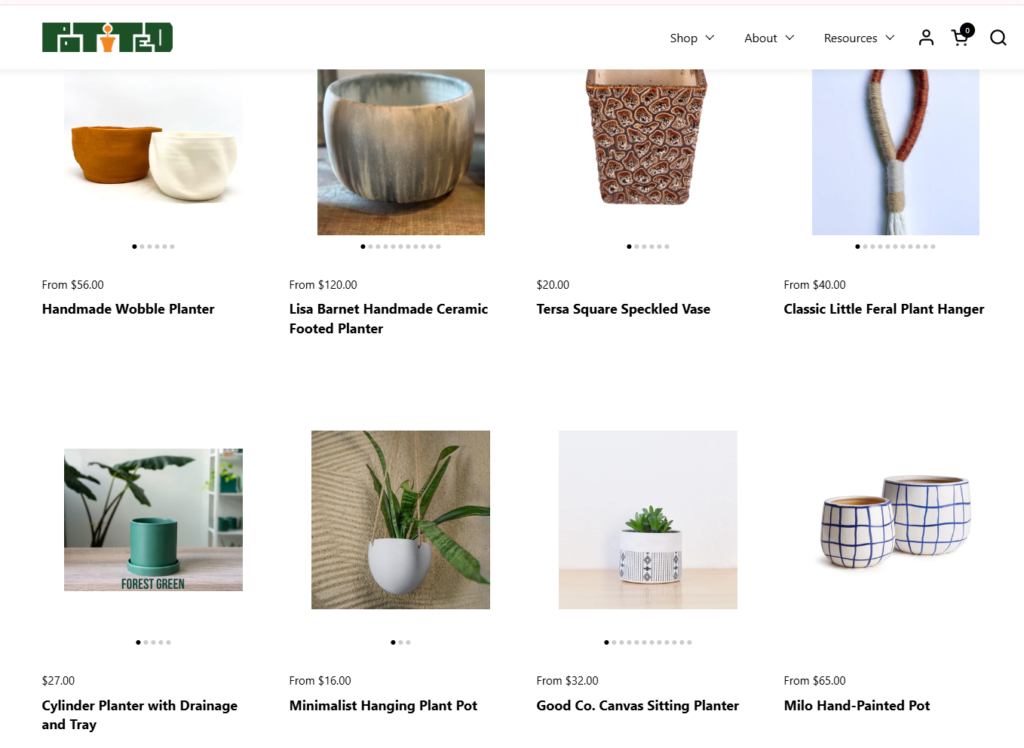
Potted offers custom planters that are carefully packaged with foam inserts and multiple layers of wrapping. They ensure that each product is carefully handled to prevent any damage.
5. Bloomscape
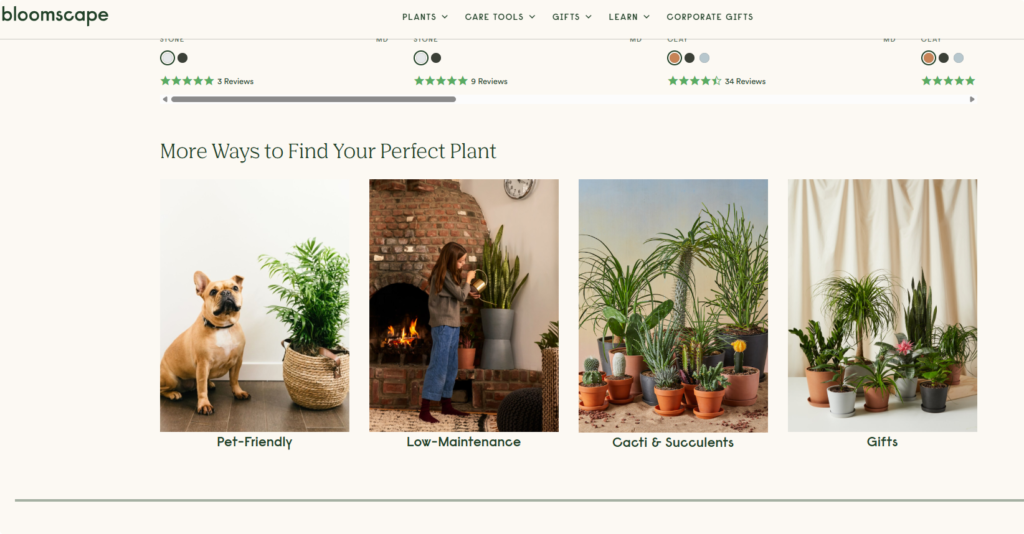
Bloomscape specializes in large ceramic planters, and they use a mix of bubble wrap, foam, and double-walled boxes to ensure safe delivery, even for oversized items.
Packaging Comparison Table
| Packaging Material | Protection Level | Cost | Eco-Friendliness | Suitability |
|---|---|---|---|---|
| Bubble Wrap | Moderate | Low | Low | Ideal for most planters |
| Foam Inserts/Protective Padding | High | High | Low | Best for fragile or high-end planters |
| Cardboard Boxes | Moderate | Low | Moderate | Suitable for most bulk shipments |
| Custom Packaging (Eco-Friendly) | Very High | High | High | Best for luxury or special orders |
Conclusion
Ensuring the safe and efficient shipping of ceramic planters requires careful planning, the right materials, and a focus on protecting the product throughout its journey. By choosing the appropriate packaging materials, using effective packing techniques, and selecting the right shipping method, you can minimize the risk of damage and keep shipping costs manageable.
Hale, as a leading manufacturer of ceramic planters in China, provides OEM and ODM services to help you streamline the packaging and shipping process. We work closely with our partners to create customized solutions that ensure your ceramic planters arrive in perfect condition, every time.
FAQ
Q1: What’s the best material for packaging ceramic planters?
A: Bubble wrap, foam inserts, and cardboard boxes are the most effective materials for protecting ceramic planters during shipping.
Q2: How can I reduce shipping costs for ceramic planters?
A: Consider using lighter packaging materials, bulk shipping, or sea freight for large orders to reduce overall shipping expenses.
Q3: Do I need to insure my ceramic planters during shipping?
A: Yes, insuring your shipments can provide peace of mind in case of damage or loss, especially when shipping internationally.
Q4: How do I pack large ceramic planters for shipping?
A: For large planters, use extra padding like foam inserts, bubble wrap, and double-walled boxes to prevent movement and provide additional cushioning.

